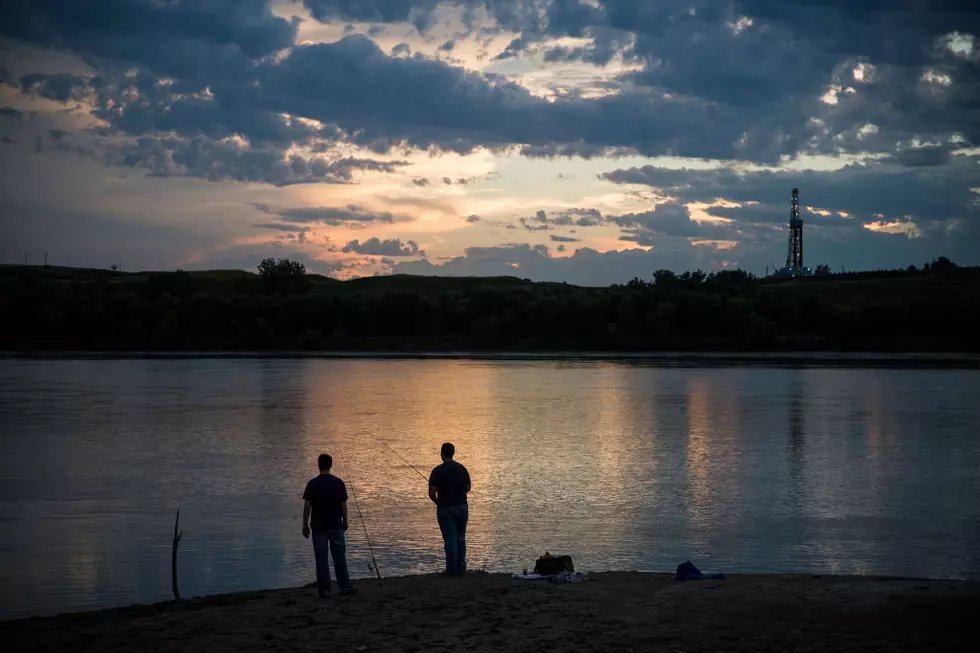
ND Game & Fish Law Enforcement? There’s a Scholarship For That.
Do you love the outdoors? Driving around the North Dakota countryside, enjoying beautiful sunrises and sunsets, watching wildlife play in their natural habitat, and oh yeah, you get to bust bad guys. Then the North Dakota Game & Fish may have a career for you. How would you like to be a game warden?
The North Dakota Game and Fish has a scholarship program for aspiring high school seniors or college students or current higher education students interested in majoring in wildlife law enforcement or a related field. This program is being sponsored by The North Dakota Game Wardens Association and the Ray Goetz Memorial Fund.
As somebody who absolutely loves to fish and hunt in North Dakota, I very much thought about becoming a North Dakota Game & Fish game warden. I remember interviewing Gary Rankin a game warden from Larimore, North Dakota for a high school paper. He told me about his long hours he puts in everyday. Often up well before sunrise and home for supper well after sunset. That didn't scare me, I've never been afraid of hard work. He told me about the pay, at that time I believe it was between 40 and 60 thousand dollars a year. I just looked up the current pay, according to Criminal Justice Degrees it's 57 to 80 thousand dollars a year. At the time, that didn't scare me either. Then, he told me something that was a total deal breaker. Game Wardens rarely get the time to fish and hunt. YIKES! Well, that was the nail in the preverbal coffin for me.
However, maybe you're still interested in the scholarship program? Applicants must be North Dakota residents, be in good academic standing and have an interest in wildlife law enforcement or a related field. Scholarships will be awarded in fall upon proof of enrollment.
Applications are available by contacting the North Dakota Game Warden’s Association, ndgamewardens@gmail.com. Applications must be received no later than May 31.
READ ON: See the States Where People Live the Longest
More From US 103-3









